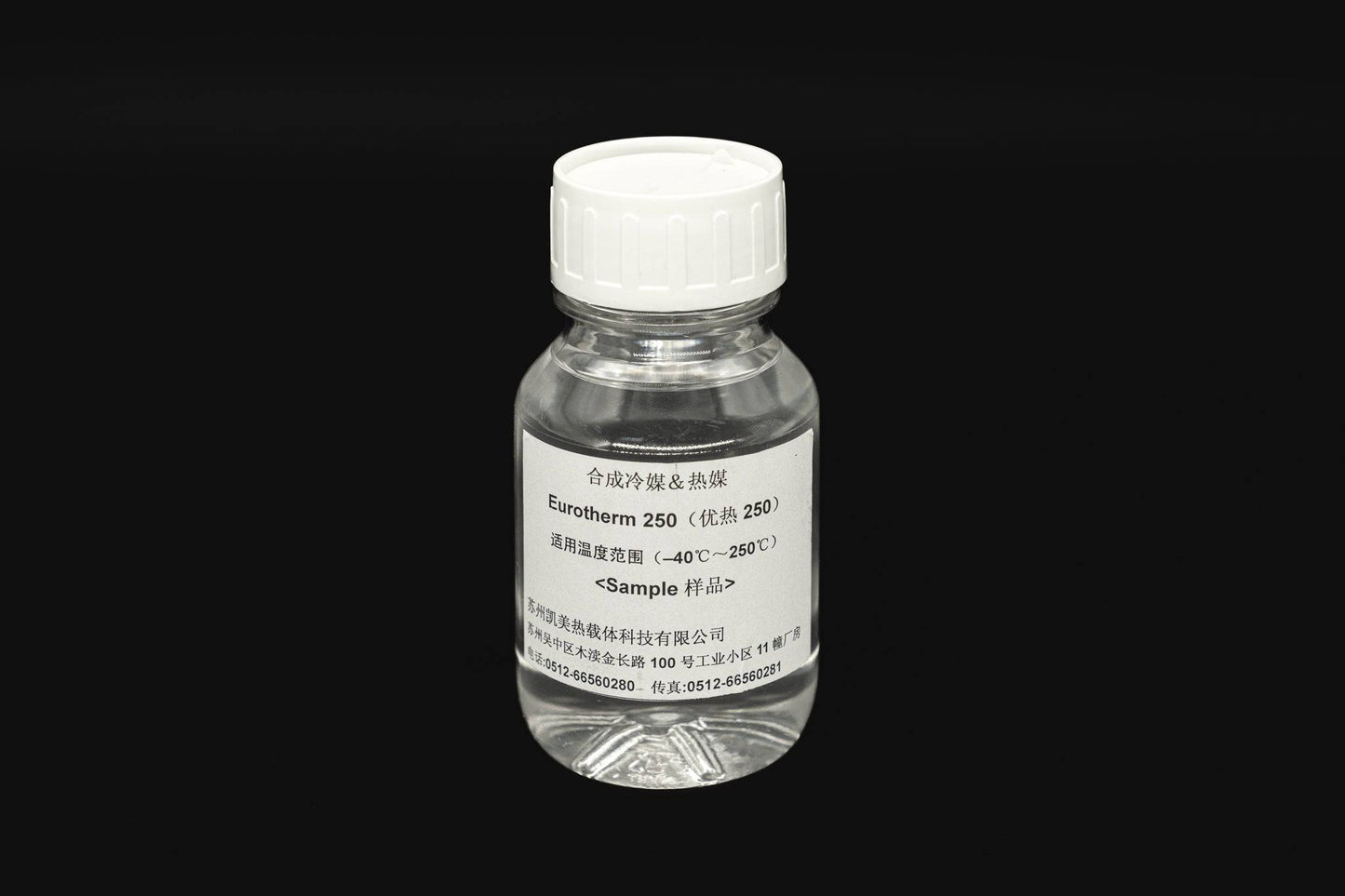Indicators on Chemie You Need To Know
Table of ContentsHow Chemie can Save You Time, Stress, and Money.The Chemie IdeasChemie Can Be Fun For EveryoneChemie Things To Know Before You Get ThisThe Ultimate Guide To ChemieOur Chemie Ideas
By Bojanna Shantheyanda, Sreya Dutta, Kevin Coscia and David SchiemerDynalene, Inc. Liquid cooling, which can be attained using indirect or direct means, is used in electronic devices applications having thermal power densities that might exceed secure dissipation via air cooling. Indirect liquid air conditioning is where warm dissipating digital components are physically divided from the liquid coolant, whereas in case of straight air conditioning, the components are in straight call with the coolant.In indirect air conditioning applications the electric conductivity can be crucial if there are leaks and/or splilling of the fluids onto the electronics. In the indirect cooling applications where water based liquids with deterioration inhibitors are typically utilized, the electrical conductivity of the fluid coolant mainly relies on the ion concentration in the liquid stream.
The boost in the ion concentration in a shut loophole liquid stream may happen as a result of ion leaching from metals and nonmetal components that the coolant liquid is in contact with. During operation, the electric conductivity of the fluid might enhance to a level which can be damaging for the cooling system.
The Best Strategy To Use For Chemie
(https://dzone.com/users/5271907/chemie999.html)They are bead like polymers that can trading ions with ions in a remedy that it touches with. In the here and now work, ion leaching tests were carried out with different metals and polymers in both ultrapure deionized (DI) water, i.e. water which is dealt with to the highest degree of purity, and low electric conductive ethylene glycol/water blend, with the gauged adjustment in conductivity reported gradually.
The samples were allowed to equilibrate at room temperature level for two days prior to taping the preliminary electric conductivity. In all examinations reported in this research fluid electrical conductivity was measured to a precision of 1% utilizing an Oakton CON 510/CON 6 series meter which was calibrated before each dimension.
The Ultimate Guide To Chemie
from the wall heating coils to the center of the heating system. The PTFE example containers were put in the heating system when stable state temperatures were reached. The examination arrangement was removed from the heater every 168 hours (seven days), cooled to area temperature with the electrical conductivity of the liquid determined.
The electrical conductivity of the liquid example was kept an eye on for an overall of 5000 hours (208 days). Number 2. Schematic of the indirect closed loop cooling experiment set-up - fluorinert. Table 1. Parts made use of in the indirect closed loophole cooling experiment that are in contact with the liquid coolant. A schematic of the experimental setup is received Figure 2.

Our Chemie PDFs
The adjustment in fluid electric conductivity was kept track of for 136 hours. The liquid from the system was accumulated and stored.

0.1 g of Dowex material was included to 100g of liquid examples that was absorbed a different container. The blend was mixed and change in the electric conductivity at room temperature was determined every hour. The determined change in the electrical conductivity of the UP-H2O and EG-LC test fluids including polymer or steel when engaged for 5,000 hours at 80C is shown Figure 3.
10 Easy Facts About Chemie Described
Number 3. Ion leaching experiment: Calculated adjustment in electric conductivity of water and EG-LC coolants having either polymer or metal samples when immersed for 5,000 hours at 80C. The results indicate that metals contributed less ions right into the fluids than plastics in both UP-H2O and EG-LC based coolants. This could be because of a thin metal oxide layer which may act as a barrier to ion leaching and cationic diffusion.
Fluids including polypropylene and HDPE displayed the most affordable electric conductivity modifications. This could be as a result of the short, stiff, direct chains which are less likely to add ions than longer branched chains with weak intermolecular pressures. Silicone likewise carried out well in both examination fluids, as polysiloxanes are usually chemically inert because of the high bond power of the silicon-oxygen bond which would certainly stop degradation of the product into the fluid.
Chemie Fundamentals Explained
It would be anticipated that PVC would certainly produce similar results to those of PTFE and HDPE based upon the comparable chemical structures of the materials, however there might be various other impurities existing in the PVC, such as plasticizers, that might influence the electric conductivity of the liquid - therminol & dowtherm alternative. Furthermore, chloride teams in PVC can likewise leach right into the examination liquid and can trigger an increase in electrical conductivity
Buna-N rubber and polyurethane revealed indications of degradation and thermal decomposition which recommends that their feasible energy as a gasket or glue product at greater temperatures might cause application issues. Polyurethane totally degenerated right into the test fluid by the end of 5000 hour test. Number 4. Prior to and after pictures of steel and polymer examples immersed for 5,000 investigate this site hours at 80C in the ion seeping experiment.
Measured adjustment in the electric conductivity of UP-H2O coolant as a function of time with and without resin cartridge in the shut indirect cooling loophole experiment. The gauged adjustment in electrical conductivity of the UP-H2O for 136 hours with and without ion exchange material in the loop is displayed in Figure 5.